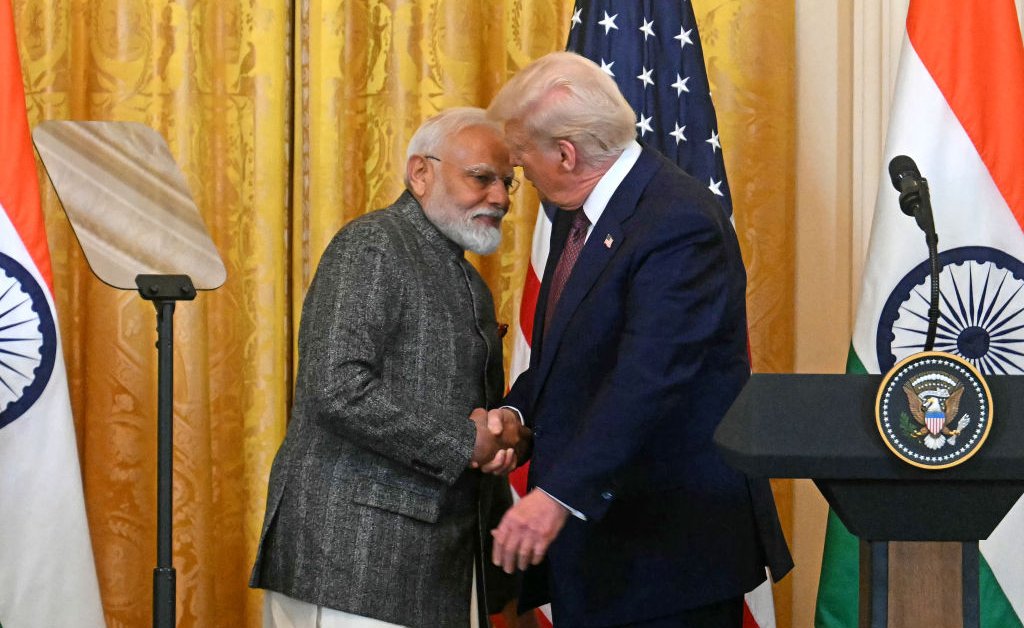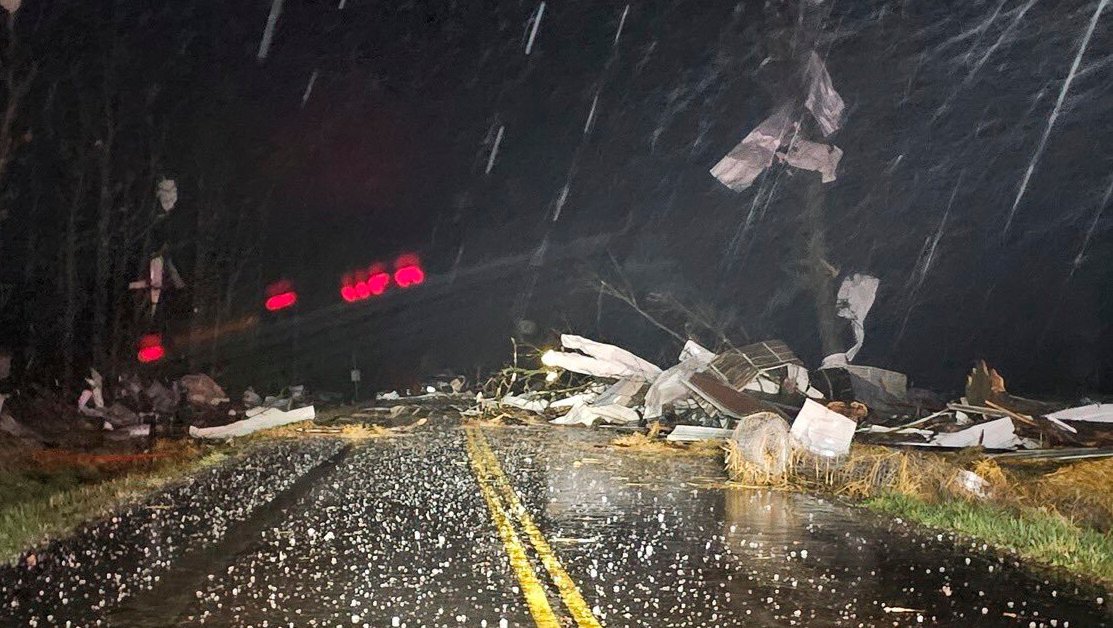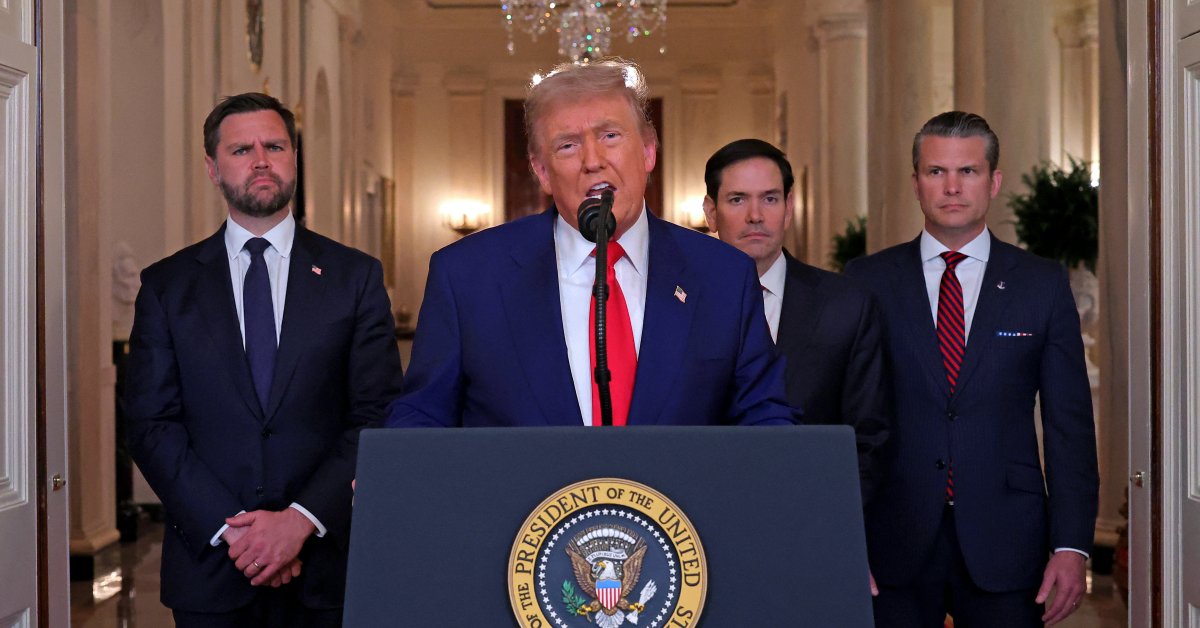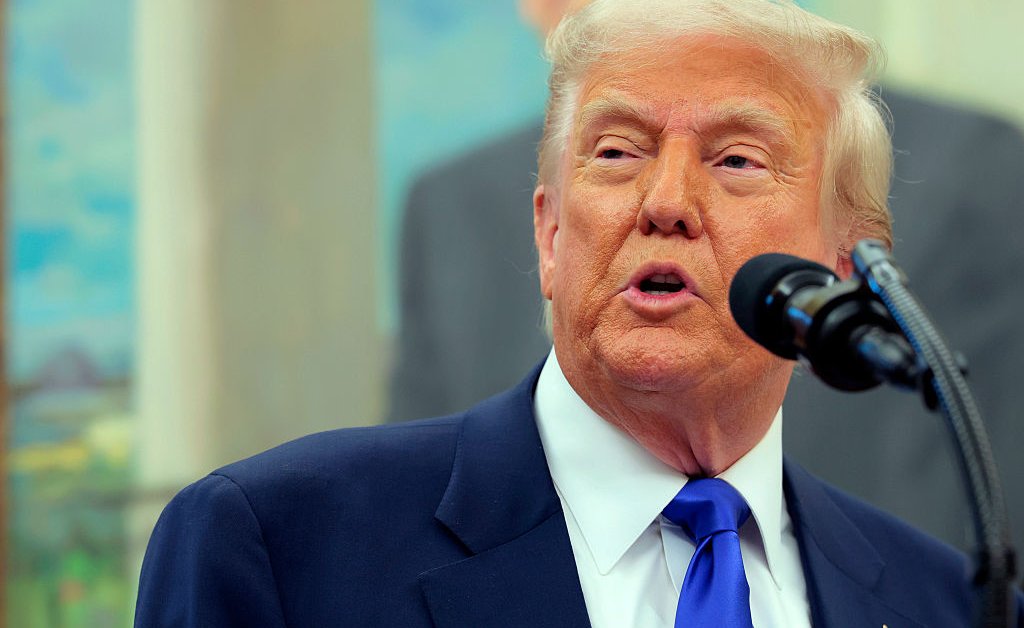President Donald Trump seems unafraid to burn India, a longtime friend of the U.S., over its Russian oil purchases.
“He wants a tremendous relationship and has had always a tremendous relationship with India and the Prime Minister [Narendra Modi],” White House deputy chief of staff Stephen Miller said on Fox News over the weekend. “But we need to get real about dealing with the financing of this war.”
The war Miller was referring to is Russia’s with Ukraine, which has been ongoing for three and a half years. The Trump Administration has recently shifted from the President’s earlier friendly tone towards Russian President Vladimir Putin. Trump, who said repeatedly during his presidential campaign that he would end the war “in 24 hours,” has apparently grown fed up with Putin, issuing sharp criticisms of the Russian President as well as of former Russian President Dmitry Medvedev. Last month, Trump announced that the U.S. would continue to supply Ukraine militarily (after earlier announcing a pause), and he threatened tariffs and other measures on Russia if it does not reach a peace deal with Ukraine by Aug. 8.
But Trump is also shifting his approach toward India, which has long served as a regional buffer against China and whose leader has had a close relationship with Trump. “I don’t care what India does with Russia. They can take their dead economies down together, for all I care,” Trump posted on Truth Social on July 31.
“India portrays itself as being one of our closest friends in the world, but they don’t accept our products, they impose massive tariffs on us, … and of course we see again the purchasing of [Russian] oil.” Miller said on Fox News, adding that “all options are on the table” for Trump to end the Russia-Ukraine war.
India’s ties to Russia
India and Russia have a track record of supporting each other that goes back decades. When former U.S. President Richard Nixon sent a warship to intimidate India during the 1971 India-Pakistan War, Russia sent its navy to the Indian Ocean. In December 2021, Modi and Putin signed a number of trade and arms deals, while Russian oil producer Rosneft is expanding its investment in India. India has also repeatedly abstained from voting on United Nations resolutions to condemn Russia’s invasion of Ukraine.
“People will be shocked to learn that India is basically tied with China in purchasing Russian oil. That’s an astonishing fact,” Miller said.
India imports around two million barrels of crude oil per day from Russia, making it the second largest purchaser of Russian oil after China, according to the New York Times. Russia’s share of Indian oil imports has increased from less than 1% before the war to more than a third.
Russia has for years also been India’s top arms supplier. While the war in Ukraine lowered Russia’s arms exports due in part to the need for weapons on its own battlefield, India was still Russia’s top arms buyer between 2020 and 2024, purchasing 38% of Russian arms exports, according to a 2024 report by the Stockholm International Peace Research Institute.
Trump’s short-term shifts
After months of trade talks between the U.S. and India, which Trump had hinted came very close to a deal, Trump imposed a 25% tariff on the South Asian country.
In a July 30 post announcing the new rate, Trump griped about India’s “strenuous and obnoxious” trade barriers and the country’s financial ties to Russia: “Also, they have always bought a vast majority of their military equipment from Russia, and are Russia’s largest buyer of ENERGY, along with China, at a time when everyone wants Russia to STOP THE KILLING IN UKRAINE — ALL THINGS NOT GOOD!”
In addition to the 25% tariff, Trump said India would pay a “penalty” for its Russia ties. Trump has separately threatened a 100% tariff on imports from countries that buy Russian oil, unless Russia and Ukraine reach a peace deal.
India has also come under Trump’s fire as a member of intergovernmental grouping BRICS, which is led by U.S.-sanctioned countries Russia, China and Iran, as well as Brazil and South Africa. Trump threatened an additional 10% tariff on BRICS members, which he said were aligning themselves against the U.S.
Meanwhile, Trump has moved closer to Pakistan, with which India has hostile relations and the U.S. has historically had a complex and sometimes tense relationship, especially as Pakistan has grown closer to and is primarily armed by China.
Earlier this year, India and Pakistan were on the brink of war after a terrorist attack in Indian-administered Kashmir prompted an Indian missile strike on Pakistan-administered Kashmir and Pakistan’s eastern Punjab province. India accused the Pakistani government of being involved in the attack, which Pakistan denied.
After days of the escalating conflict, Trump announced a cease-fire between the two neighbors—a development that Trump has repeatedly taken credit for since. Pakistan thanked Trump for his part in brokering the peace, going so far as to nominate him for a Nobel Peace Prize. India, on the other hand, has rejected Trump’s claim as “baseless and entirely incorrect” that India called off its military campaign under U.S. pressure.
Hours after announcing the 25% tariff on India, Trump said the U.S. “concluded” a trade deal with Pakistan, which would involve an oil partnership, quipping that, “Who knows, maybe they’ll be selling Oil to India some day!”
Experts have said that the Trump Administration’s more transactional approach to international diplomacy has meant that longtime friends can abruptly be bucked in favor of short-term U.S. interests.
“The U.S. administration has tended to focus on its immediate concerns, and Pakistan has been quick to respond to these. India seeks to convince the U.S. to take a longer-term view and make decisions accordingly,” retired American diplomat Jon Danilowicz told the South China Morning Post. “For the present, it seems that New Delhi is holding the short end of the stick.”
India doubles down
“I understand that India is no longer going to be buying oil from Russia,” Trump told reporters last week. “That’s what I heard. I don’t know if that’s right or not. That is a good step. We will see what happens.”
It seems, at least for now, that Trump heard wrong.
“Our ties with any country or all the ties that we have with various countries, they have, they stand on their own merit and they should not be seen from the prism of a third country,” India’s foreign ministry spokesperson Randhir Jaiswal said at a news conference on Aug. 1 without directly addressing Trump’s comments. “As far as India-Russia relations are concerned, we have a steady and time-tested partnership.”
Bloomberg reported last week that the Indian government had told state-owned oil refiners to prepare alternatives to Russian crude, although one person familiar with the matter told the outlet that the instruction was meant as scenario planning in the event that Russian crude oil becomes unavailable. Other sources told Bloomberg that the Indian government is still assessing its position. Two senior Indian officials told the Times on Saturday that there has been no change in policy and that India would continue purchasing oil from Russia.
Modi also struck a critical tone of Trump’s tariffs, after months of Indian officials seeming to cast the policy in a more cautiously optimistic light.
“The world economy is going through many apprehensions, there is an atmosphere of instability,” Modi said at a rally in Uttar Pradesh on Saturday. “In such a situation, the countries of the world are focusing on their respective interests. They are focusing on the interests of their respective countries,” he added, referencing how the government believes India is on track to become the third largest economy in the world, behind the U.S. and China. “Therefore, India also has to be vigilant about its economic interests.”








